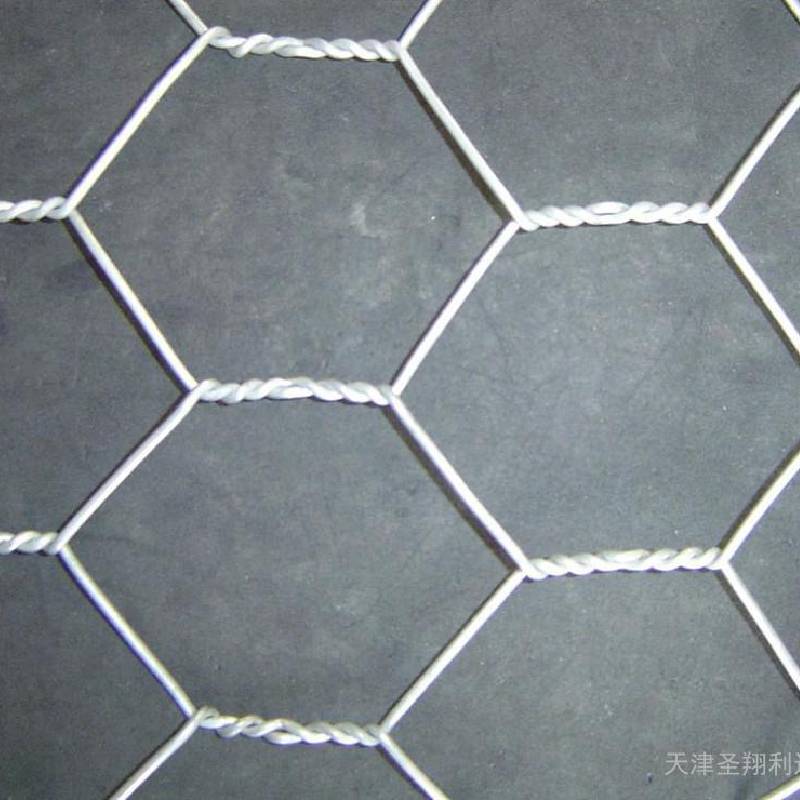
- Mobile Phone
- +8613931874955
- sales@cntcmetal.com
types of cavity wall ties
Types of Cavity Wall Ties
Cavity wall construction is a popular building method that provides excellent thermal insulation and moisture protection. It consists of two separate walls (or leaves) with a gap (the cavity) between them. To ensure structural integrity and prevent movement between the two walls, cavity wall ties are used. These ties are crucial for maintaining the stability and durability of the wall system. This article explores the various types of cavity wall ties, their materials, and their applications.
1. Metal Ties
Metal cavity wall ties are the most commonly used type, owing to their strength and durability. They come in various materials, including
- Stainless Steel Ties These are highly resistant to corrosion, making them ideal for use in exposed environments or areas prone to moisture. Stainless steel ties are preferred in coastal regions where salt water can accelerate corrosion.
- Galvanized Steel Ties These ties are coated with zinc to provide a level of corrosion resistance. While less durable than stainless steel, galvanization makes them suitable for many building applications. However, care should be taken in high-moisture environments to prevent rust.
- Aluminum Ties Aluminum is lightweight and resistant to corrosion. However, it is typically used in specific applications where extreme strength is not a primary requirement.
2. Plastic Ties
Plastic ties have gained popularity for their lightweight properties and resistance to moisture. Made from high-strength polypropylene or other durable plastics, they are immune to rust and do not conduct thermal bridges, which can improve the overall thermal performance of the wall. However, plastic ties are generally not as strong as metal ties, making them suitable primarily for low-rise buildings and residential projects.
3. Composite Ties
Composite ties combine materials to take advantage of the strengths of each. For instance, a composite tie may include a core of stainless steel surrounded by a plastic coating. This hybrid construction can offer enhanced durability and thermal insulation, making it an excellent choice for modern construction methods.
types of cavity wall ties

4. Continuous Ties
Continuous ties span the entire cavity wall, offering superior support. They are often used in buildings where high structural integrity is necessary, such as in multi-story constructions. Continuous ties ensure that both wall leaves maintain a stable connection, reducing the risk of movement and separation over time.
5. Brick and Block Ties
Designed specifically for masonry construction, these ties integrate seamlessly into brickwork or blockwork. They are often shaped to accommodate the aesthetic requirements of the outer wall while maintaining structural support. Brick and block ties can be made from various materials, including metal and plastic.
6. Flexible Ties
Flexible cavity wall ties are designed to accommodate small movements in the wall structure. They are particularly useful in buildings where slight settlement is anticipated. These ties are generally made from materials that allow for some bending without compromising structural integrity.
7. Tension and Compression Ties
While most cavity wall ties are subjected to normal tensile loads, some ties are designed to handle compression forces as well. Tension ties are more common and serve to hold the two leaves together against lateral forces, while compression ties are used in specialized applications where compression loads are present.
Conclusion
Selecting the appropriate cavity wall ties is critical for ensuring the safety and longevity of a structure. The choice of tie material and type should take into consideration factors such as environmental conditions, building height, and design requirements. Metal ties remain the most widely used due to their strength and durability, while plastic and composite options offer innovative solutions for specific applications. As building technologies evolve, new materials and designs for cavity wall ties continue to emerge, enhancing the effectiveness of cavity wall construction in providing thermal efficiency and robust structural support. Understanding the various types helps architects, builders, and homeowners make informed decisions, ensuring the stability and safety of their buildings.
share:
-
Your Source for Concrete Wall Ties and Masonry AccessoriesNewsJul.10,2025
-
Unlocking the Power of Iron Wire for Every ProjectNewsJul.10,2025
-
Explore Advanced Chain Wire and Stainless Steel Mesh FencingNewsJul.10,2025
-
Discover the Benefits of Annealed Wire ProductsNewsJul.10,2025
-
Discover China Stainless Steel Wire Mesh SolutionsNewsJul.10,2025
-
Build with Confidence Using High-Performance Masonry AccessoriesNewsJul.10,2025
-
Why Sacrificial Formwork Is Redefining Underground ConstructionNewsJun.06,2025



















